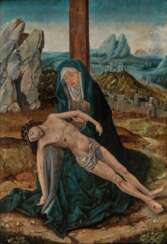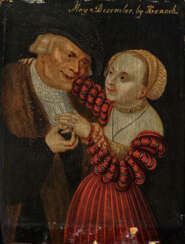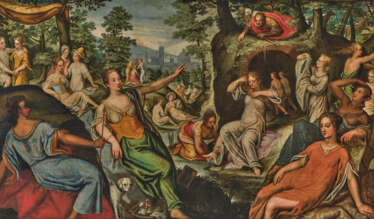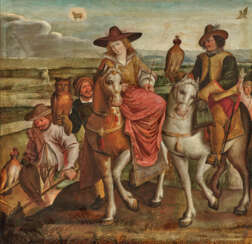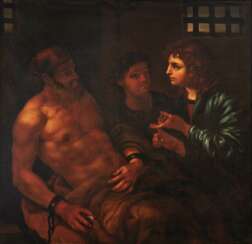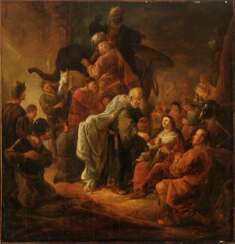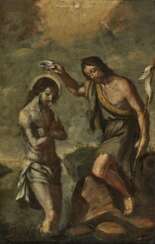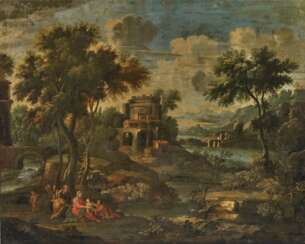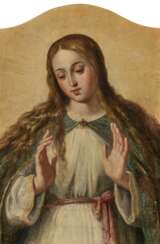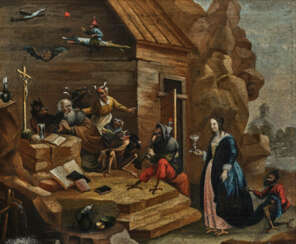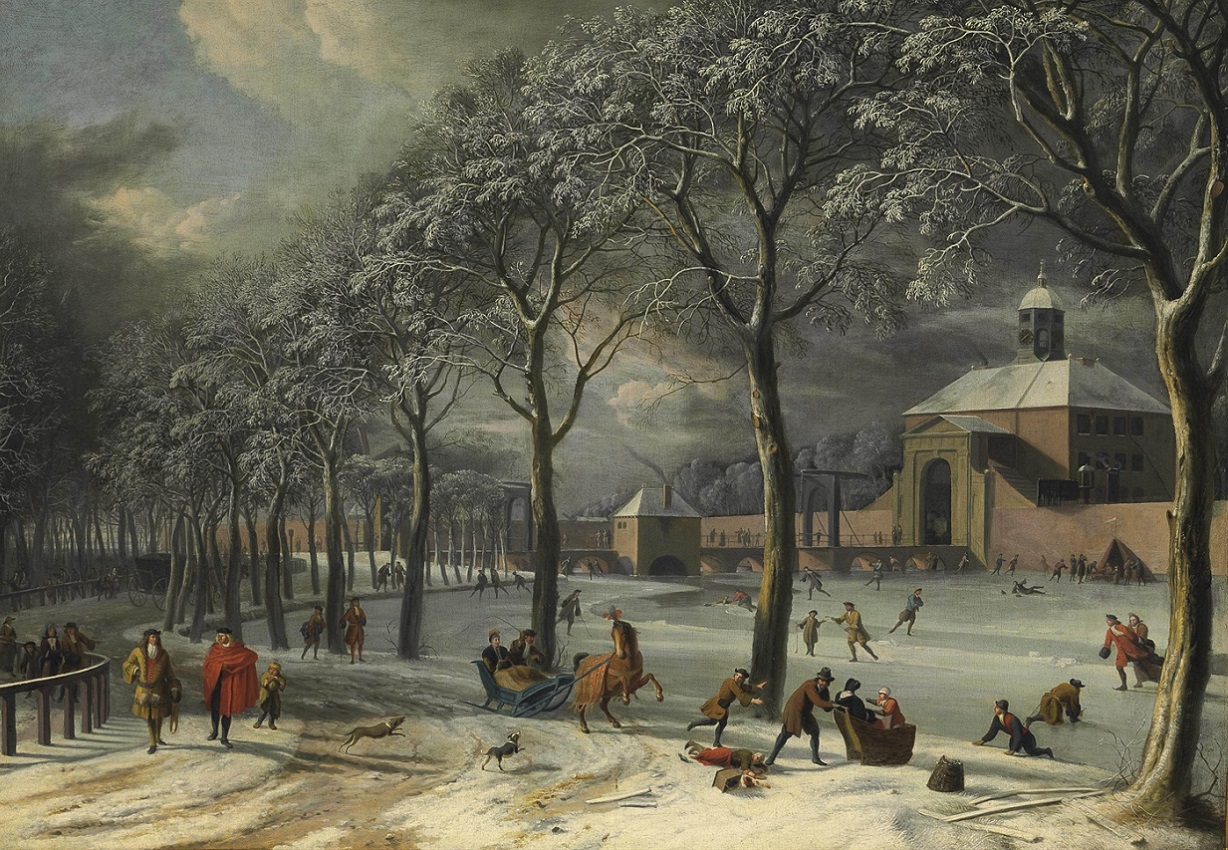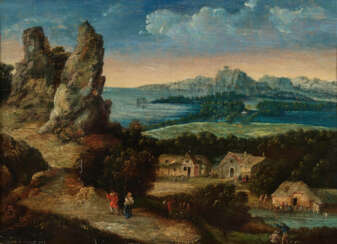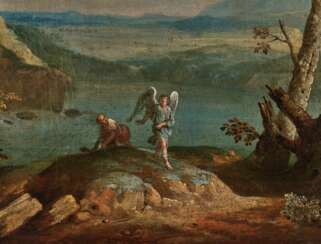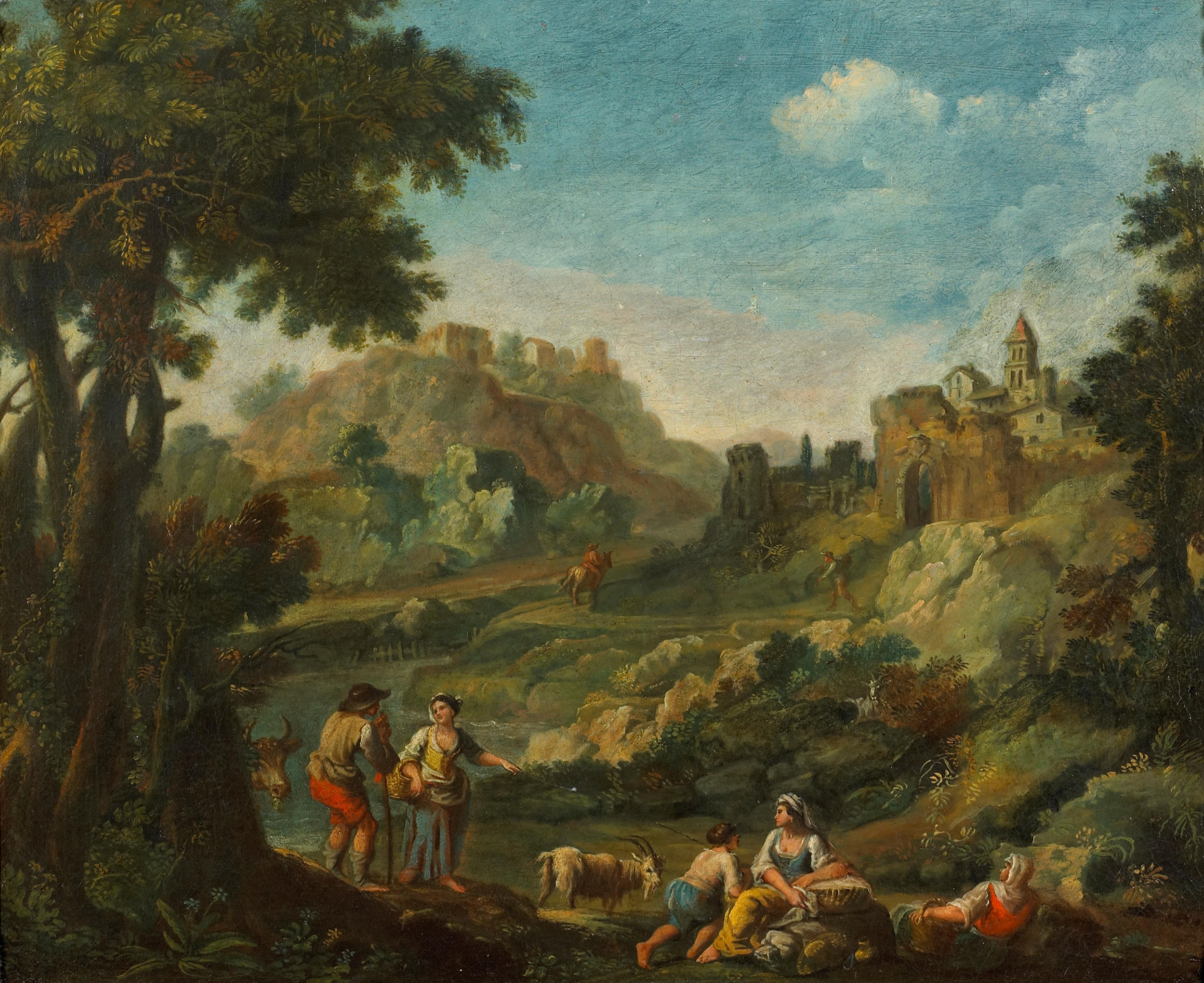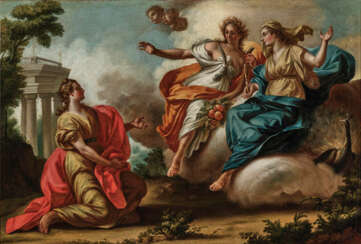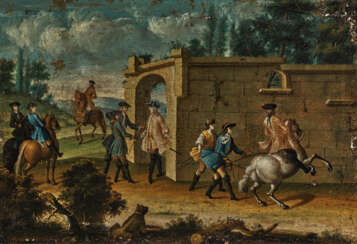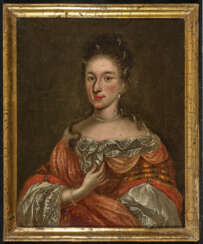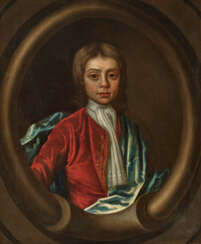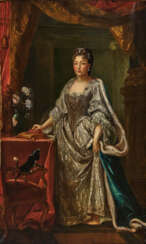
Paintings 15th -18th century — A404: Frühjaresauktion
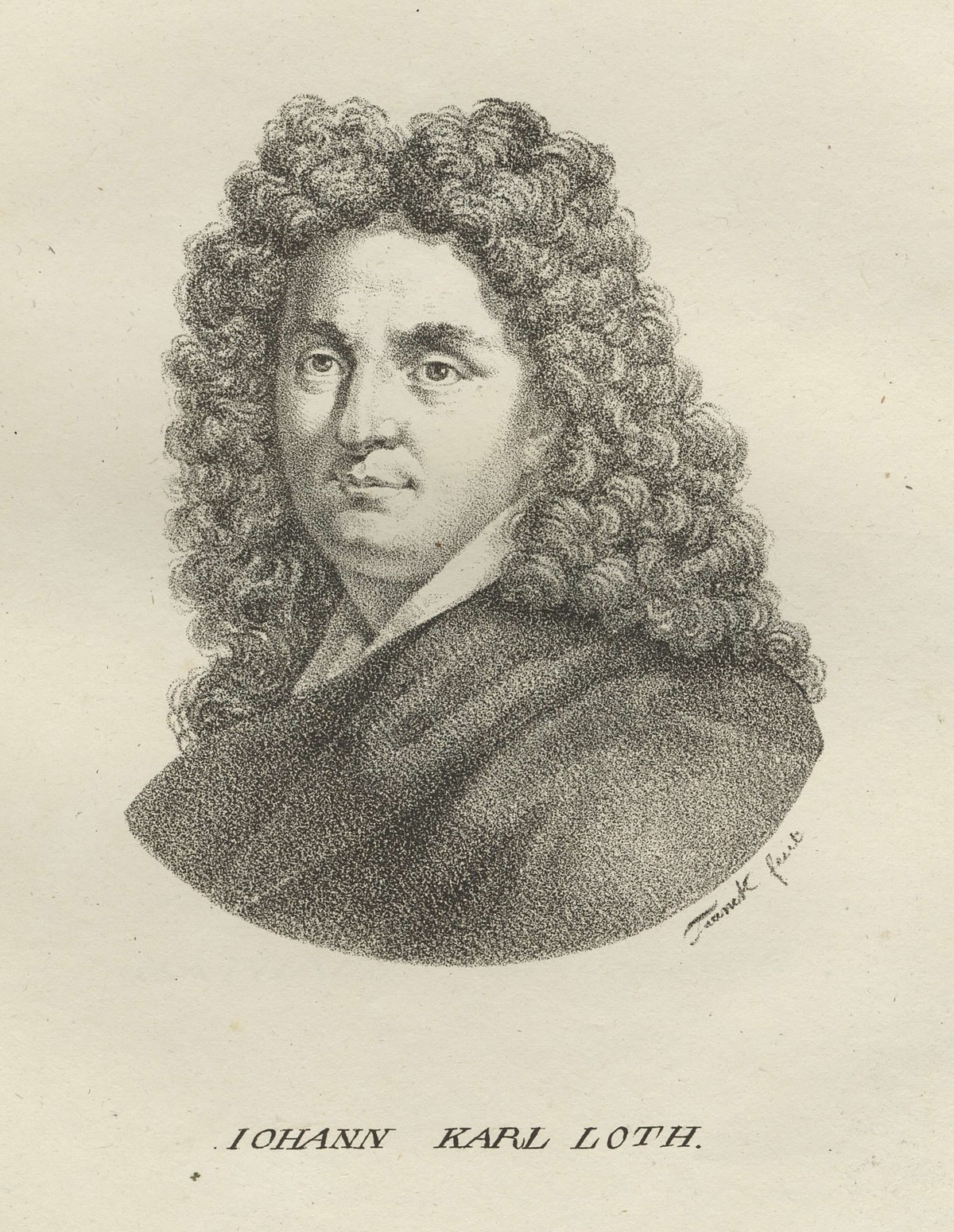
Johann Karl Loth was a German painter of the second half of the 17th century, the Baroque era. He is known as a painter and graphic artist, a representative of Caravaggism.
Loth painted canvases with historical, religious and mythological subjects, as well as portraits. In portrait painting, he brought elements of genre, which was influenced by the Flemish masters. The combination of dynamic brushstrokes, colorful variety and spectacular lighting in the style of the masters of Northern Italy attracted the attention of European collectors and aristocratic clients.
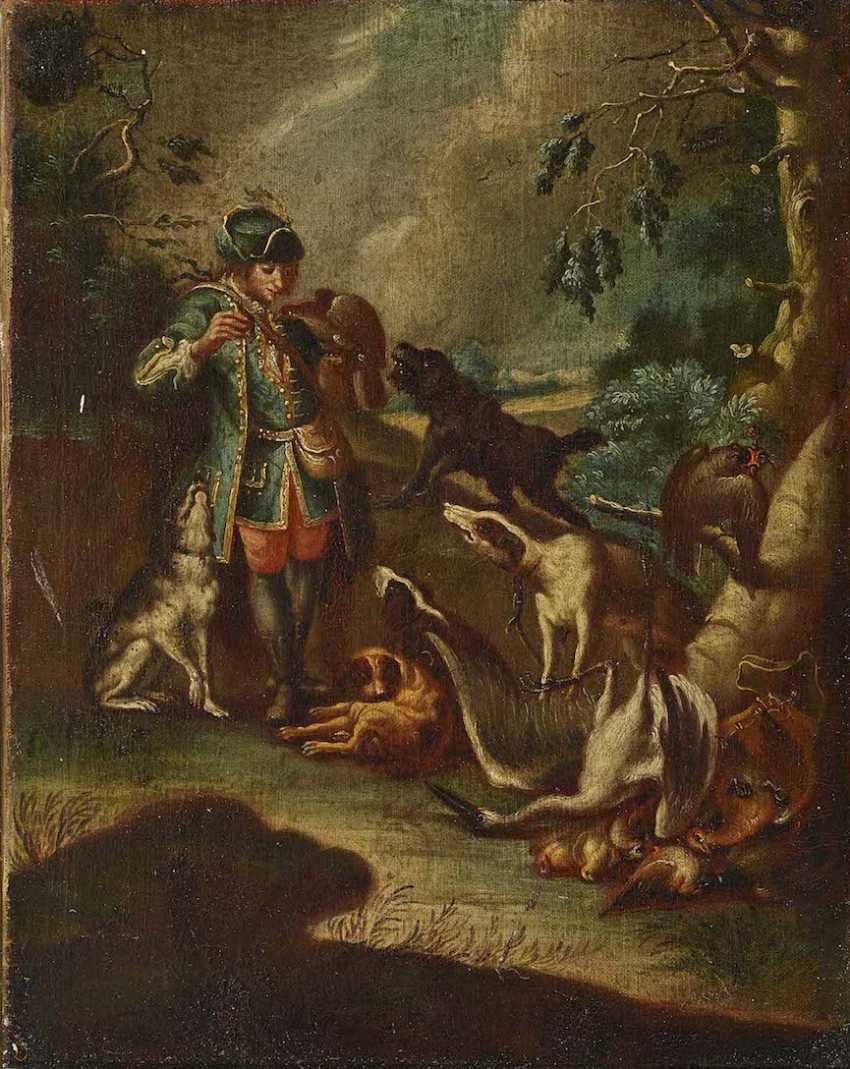
Johann Elias Ridinger was a German painter, engraver, draughtsman and publisher. He is considered one of the most famous German engravers of animals, particularly horses, hounds and hunting scenes.
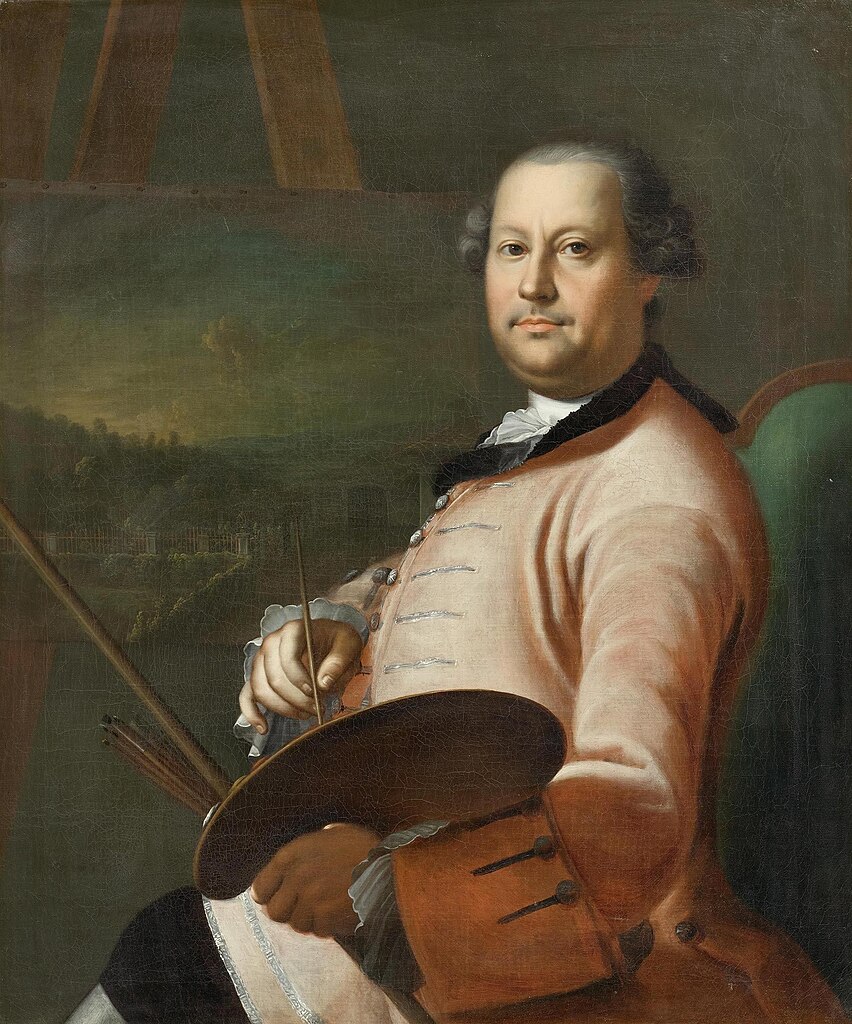
Christian Georg Schütz the Elder, born in 1718 in Flörsheim am Main and passing in 1791 in Frankfurt am Main, was a German painter whose etchings and landscapes left a timeless mark on the world of art. Schütz emerged as a master of capturing the natural beauty and architectural elegance of his homeland.
His works, which often depicted vibrant market scenes, serene river landscapes, and bucolic countryside views, reflect a deep understanding of light and atmosphere. Noteworthy pieces like "The Liebfrauenberg in Frankfurt" and "River Landscape with Barge" showcase his ability to blend human activity seamlessly with natural surroundings. His legacy continues to inspire, with 28 of his works proudly displayed at the Städel Museum, offering a window into the pastoral grace of 18th-century Germany.
For those drawn to the idyllic scenes of historical Europe, Schütz's paintings are a cultural treasure. His influence extended to his children and pupils, ensuring that the Schütz legacy of artistry would endure.
Explore Schütz's vision by visiting the Städel Museum, and stay informed about exhibitions and available works by signing up for our exclusive updates.


